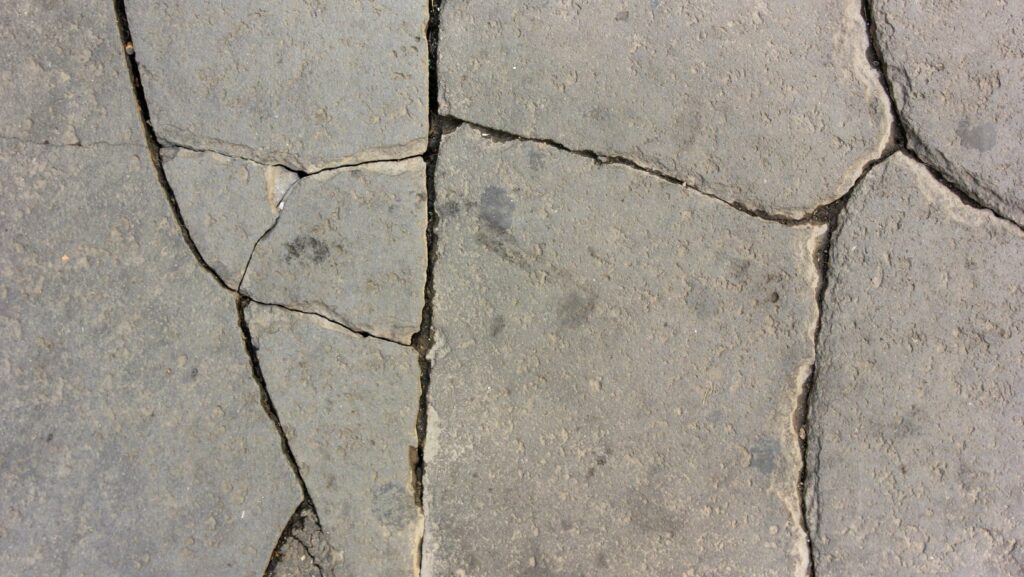You’ve just had a new patio or walkway installed — it looks great, feels solid, and promises years of use. But before long, tiny cracks start to show. Not long after, those cracks spread, weeds creep in, and you’re left wondering what went wrong. While poor installation can play a role, the real culprit is often the material itself. Some surfaces just aren’t built to handle the stress of weather, weight, and time. If you want a paving solution that not only looks beautiful but also holds up long term, limestone paving is one of the smartest choices you can make.
Why Do So Many Paving Jobs Fail?
Not all paving materials are created equal — and unfortunately, many popular choices are selected more for cost than for durability. Here are a few of the most common reasons cracks start to form earlier than expected:
- Inflexible materials: Some types of concrete and artificial stone don’t respond well to temperature shifts. When they expand and contract with heat or cold, they can crack.
- Improper base preparation: If the surface underneath isn’t level, well-drained, or compacted properly, it can cause the paving above to shift or sink.
- Heavy loads: Regular vehicle traffic or even heavy garden furniture can stress certain materials that aren’t designed to bear that kind of weight.
- Water penetration: Water that seeps into tiny gaps and then freezes can widen those gaps over time, weakening the material from within.
How to Choose Smarter, Longer-Lasting Materials
The best way to avoid early cracking is to choose paving materials with both strength and flexibility. Here’s what to look for:
- Natural durability: Dense natural stones tend to hold up better over time, especially in outdoor settings.
- Weather resistance: Look for materials that won’t absorb too much water and can tolerate extreme heat or cold.
- Textured finishes: These provide better grip underfoot and often help hide minor imperfections as the material ages.
Why Limestone Performs Where Others Don’t

Limestone has been used in architecture for centuries — and for good reason. It offers a strong, weather-resistant surface that’s not only tough but also visually appealing. Its naturally low porosity makes it less likely to absorb moisture, which is key in preventing freeze-thaw damage. Plus, it tends to age gracefully, developing a patina over time rather than crumbling or cracking.
One of limestone’s biggest strengths is its balance. It’s sturdy enough to handle foot traffic and moderate loads, yet it has a softness that allows for slight shifts without breaking. This gives it a unique advantage over harsher, more brittle materials.
Design Benefits That Go Beyond Strength
Beyond durability, limestone paving adds a timeless, elegant look to any space. It blends seamlessly with both traditional and modern architecture, and its neutral tones make it easy to pair with just about any landscape design. It also stays cool underfoot, which is a bonus in warmer climates.
From garden paths to pool surrounds, courtyards, or alfresco entertaining areas, limestone doesn’t just last — it lifts the entire aesthetic of your outdoor space.
What to Watch Out For When Installing
Even a quality material like limestone can run into trouble if not installed correctly. Make sure your installer:
- Prepares a stable, level base
- Uses proper drainage to keep water from pooling underneath
- Leaves expansion gaps where needed to prevent pressure build-up
- Seals the surface (if necessary) based on your local climate and usage
A good contractor will know how to do all of this — but it never hurts to ask questions and make sure corners aren’t being cut.
A Smarter Investment in the Long Run
Choosing the right paving is about more than just looks. It’s about saving yourself from expensive repairs, constant maintenance, and the frustration of a beautiful space that doesn’t last. By understanding why some surfaces fail and what to use instead, you can create something that’s as practical as it is beautiful — and that still looks good years down the line.
